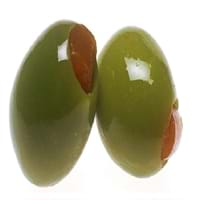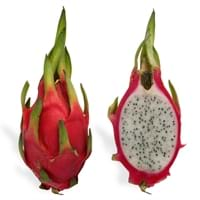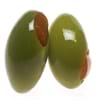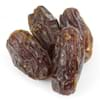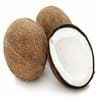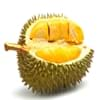Health Benefits
Cancer prevention, Helps in cartilage regeneration, Prevents macular degeneration, Treatment of alzheimer's disease
Anti-oxidant properties, Anti-aging benefits, Maintains healthy cholesterol level, Weight loss properties
General Benefits
Anti oxidant properties, Anti-inflammatory properties, Boosts immune system, Controls blood pressure, Digestive aid, Maintains healthy cholesterol level
Helps in weight loss, Suppresses Arthritis
Skin Benefits
Hydrates skin, Skin rejuvenation, Treatment of skin diseases
Anti-aging benefits, Heals sunburn, Treatment of acne
Hair Benefits
Acts as moisturizer, Good conditioner, Regulates hair growth
Treatment of colored hair
Side Effects
Affects blood glucose levels, Dizziness, Stomach pain
NA
Lactating Women
Yes
Not Available
Best Time to Eat
Hardly eaten raw, Olive oil is consumed for many purposes.
Any time except an hour after meal, Don't consume at night and before bed
Vitamin A (Retinol)
Not Available
Vitamin B5 (Pantothenic Acid)
Not Available
Vitamin B6 (Pyridoxin)
Not Available
Vitamin B9 (Folic acid)
Not Available
Vitamin C (Ascorbic Acid)
Vitamin E (Tocopherole)
Not Available
Vitamin K (Phyllochinone)
Not Available
Lutein+Zeaxanthin
Not Available
Calories in Fresh Fruit with Peel
Calories in Fresh Fruit without Peel
Not Available
Not Available
Calories in Frozen Form
Not Available
Not Available
Calories in Dried Form
Not Available
Calories in Canned Form
Not Available
Calories in Pie
Not Available
Type
Tree fruit
Berry, Citrus, Fruit vegetable, Melon, Tree fruit, Tropical
Season
Spring, Summer
Early fall, Summer
Varieties
Manzanillo, Sevillano, Mission, Ascolano, Barouni, Gordal, Rubra and Picholine
Selenicereus megalanthus and Hylocereus polyrhizus
Color
Black, Green, Purple, Yellow
Magenta, Pink
Origin
Eastern Mediterranean Region
Central America, Mexico
Soil Type
Well-drained
NA
Climatic Conditions
Warm to hot climate
NA
Facts about
- In ancient Greece, 1st eye shadow was made by adding olive oil in ground charcoal.
- The most expensive form of olive oil is Extra Virgin.
- Largest type of olive tree is known as donkey tree & smallest one is called bullet.
NA
Other Countries
Algeria, Egypt, Greece, Italy, Morocco, Portugal, Syria, Tunisia, Turkey
NA
Top Importer
United States of America
China
Top Exporter
Italy
Vietnam
Botanical Name
Olea europaea
Hylocereus undatus
Synonym
Not Available
Pitaya, Red Pitahaya, Night blooming Cereus, Strawberry Pear, Belle of the Night, Conderella plant
Subkingdom
Tracheobionta
Tracheobionta
Division
Magnoliophyta
NA
Class
Magnoliopsida
Not Available
Subclass
Rosidae
Liliidae
Order
Lamiales
Caryophyllales
Family
Oleaceae
Cactaceae
Species
O. europaea
H. undatus
Generic Group
Olive
Cactus
Compare Olive and Dragonfruit
It is important compare Olive and Dragonfruit as both the fruits have a different nutritional value. Their comparison can be done on the basis of their vitamin and mineral content, calories, benefits as well as characteristics, making it easier for us to choose the best fruit for our diet. Their general health benefits are as follows:
Olive Benefits: anti oxidant properties, anti-inflammatory properties, boosts immune system, controls blood pressure, digestive aid and maintains healthy cholesterol level.
Dragonfruit Benefits: helps in weight loss and suppresses arthritis.
Fruits are also used as a remedy for various hair problems. The hair benefits of Olive are: acts as moisturizer, good conditioner and regulates hair growth and hair benefits of Dragonfruit are: treatment of colored hair. Some fruits are known to cause allergic reactions. The allergy symptoms of first fruit are: na and the symptoms of second fruit are: na. Get sorted Olive vs Dragonfruit comparison with the help of fruit comparison tool by fruitvs.com.
